Amid an apocalyptic humanitarian crisis in Gaza and mounting global pressure, Israeli Prime Minister Benjamin Netanyahu has pushed ahead with a deeply controversial new plan to deliver supplies to the besieged Strip.
In a rare press conference on Wednesday night, Netanyahu said that in the “coming days” they would enact the scheme, which would replace the existing UN-led aid distribution system in Gaza with a new arrangement under full Israeli control.
He said his forces would begin corralling the 2 million-strong population of Gaza into a “sterile zone” in the south of the Strip, free from Hamas militants, where the Israeli military would oversee the delivery of supplies at a small number of distribution hubs directed by a private US-backed group known as the Gaza Humanitarian Foundation.
Armed private contractors would guard the distribution. The UN and other humanitarian groups say it enables Israel to use aid as a weapon and forcibly displace civilians.

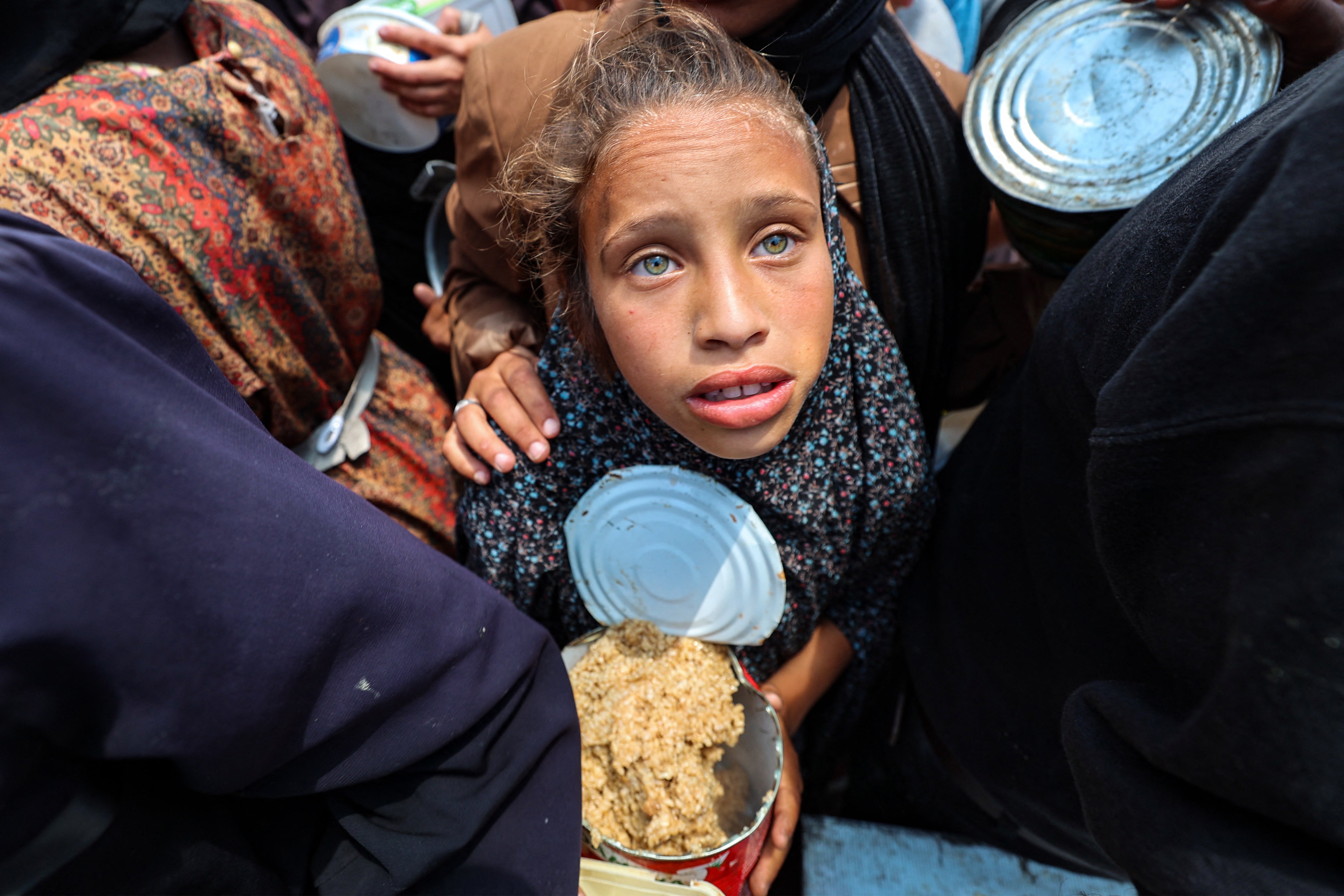
The situation in Gaza, after Israel imposed a full three-month total blockade on supplies and launched a renewed “intensive” expanded operation in Gaza, is so catastrophic that it has pushed the entire population to the brink of famine, according to the UN’s global hunger monitor, the IPC. So far only a handful of trucks of supplies have been let back in.
This has sparked rare global action from Israel’s allies, as the country increasingly becomes a global pariah.
This week, Foreign Secretary David Lammy described Israel’s blockade and intensified fighting as “monstrous”, before announcing a formal pause in free trade negotiations with Israel and summoning Israel’s ambassador to London.
The UK, which is an arms supplier to Israel, also imposed sanctions on three Israeli citizens, two illegal settler outposts, and two organisations supporting violence against Palestinian communities in the West Bank.
Canada and France also issued statements saying they were poised to take concrete action.
Yet these responses have been criticised in some quarters as too little, too late.
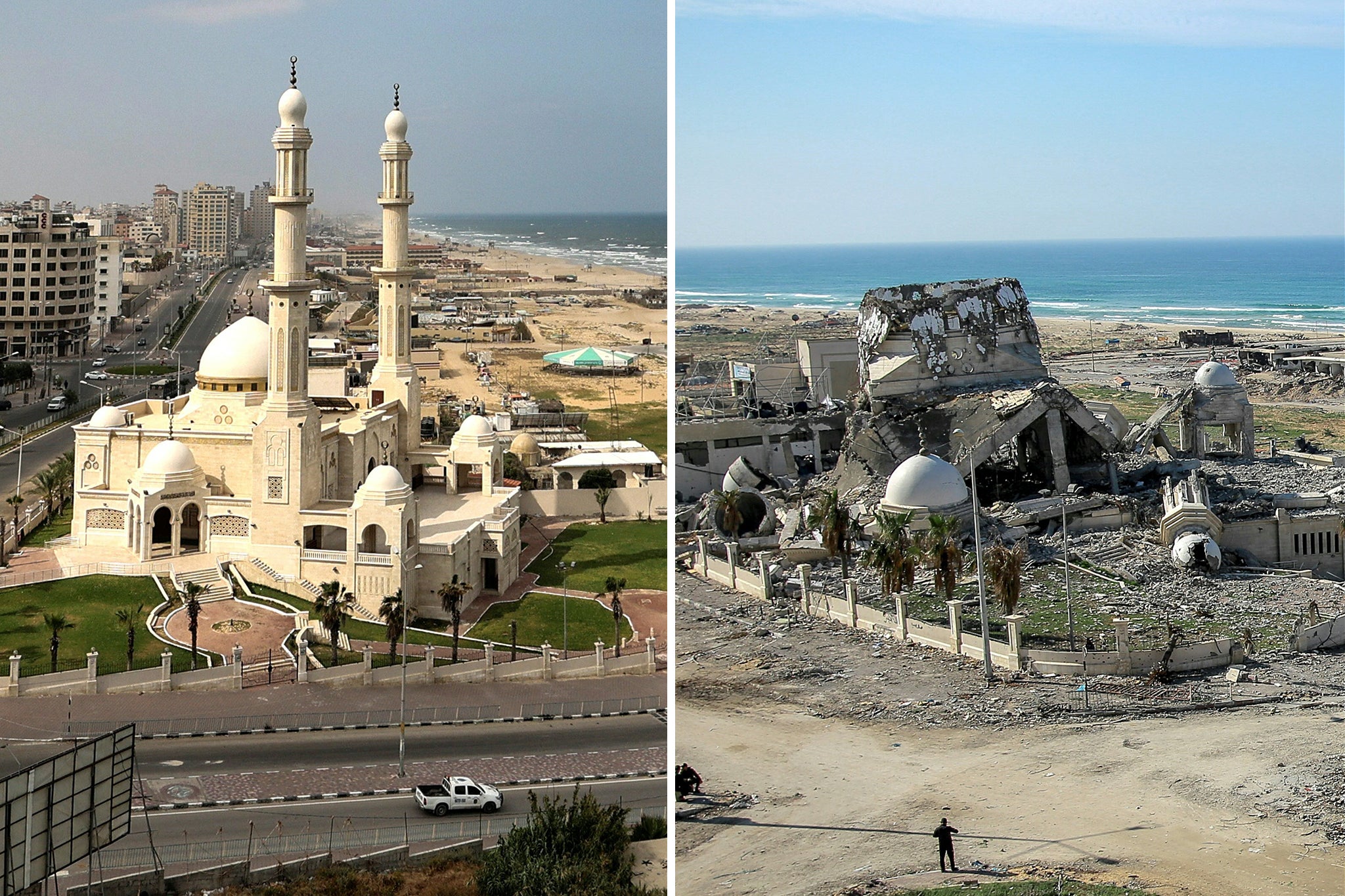

How did we get here?
In 19 months Israel’s unprecedented bombardment of Gaza has killed more than 53,000 people, according to Palestinian health authorities.
The United Nations says that over 90 percent of homes in the besieged 25-mile-long Strip have been destroyed or damaged. The UN estimates it could take as long as 80 years to restore the destroyed housing units — and that is if the conflict were to stop now.
The humanitarian catastrophe in Gaza, which reached new, unimaginable levels this month, has been “intolerable” since the earliest weeks of the war.
From the second day of the conflict in 2023, the Israeli government made clear its intention to collectively punish the population of Gaza for the events of 7 October, primarily through cutting off aid.
On 9 October 2023, Israeli Defence Minister Yoav Gallant said he had ordered a “complete siege” on Gaza in the wake of the horrific and bloody attacks by Hamas militants on southern Israel, during which over 1,000 people were killed and more than 250 taken captive to Gaza.
He said: “There will be no electricity, no food, no fuel. Everything is closed. We are fighting human animals.”
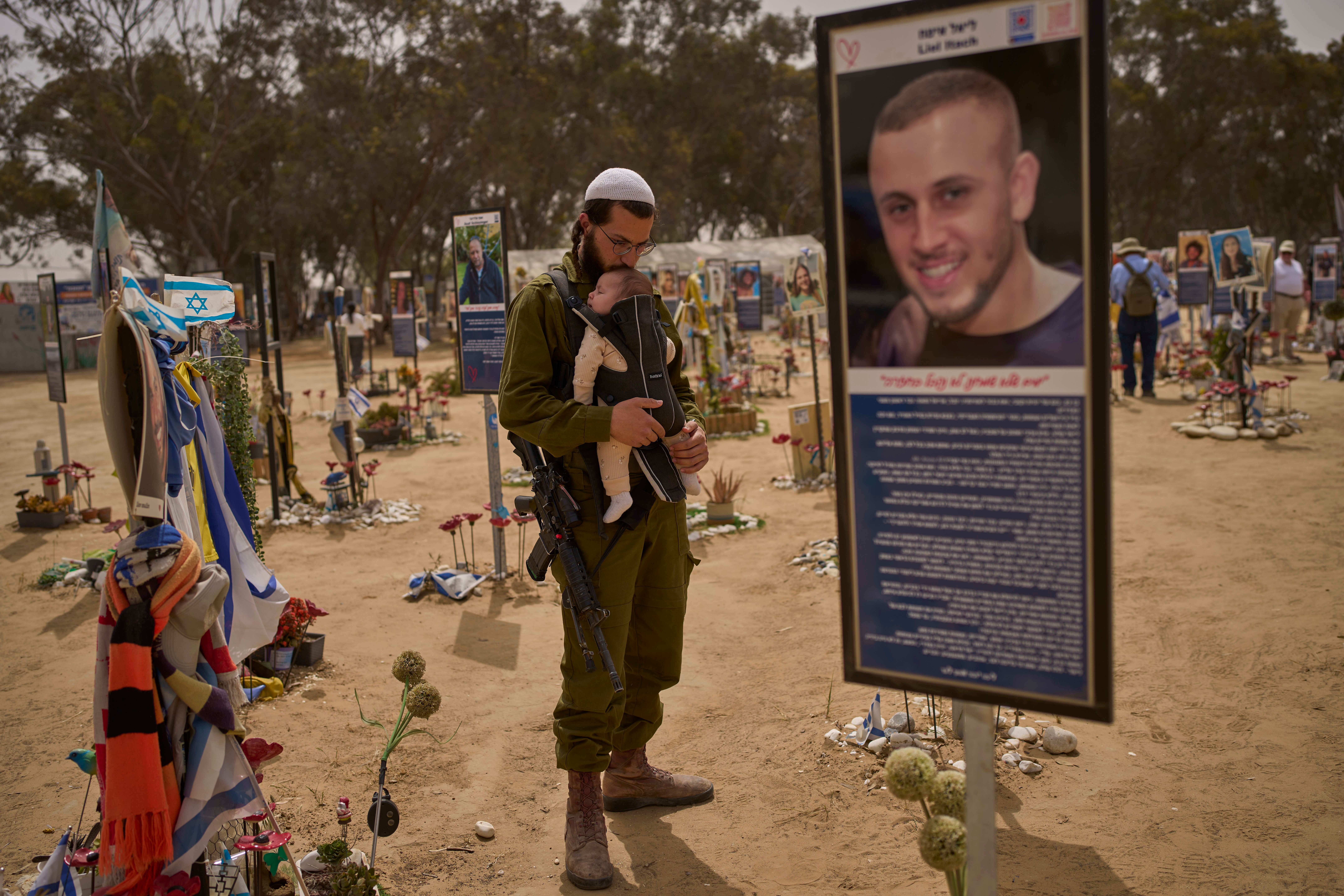
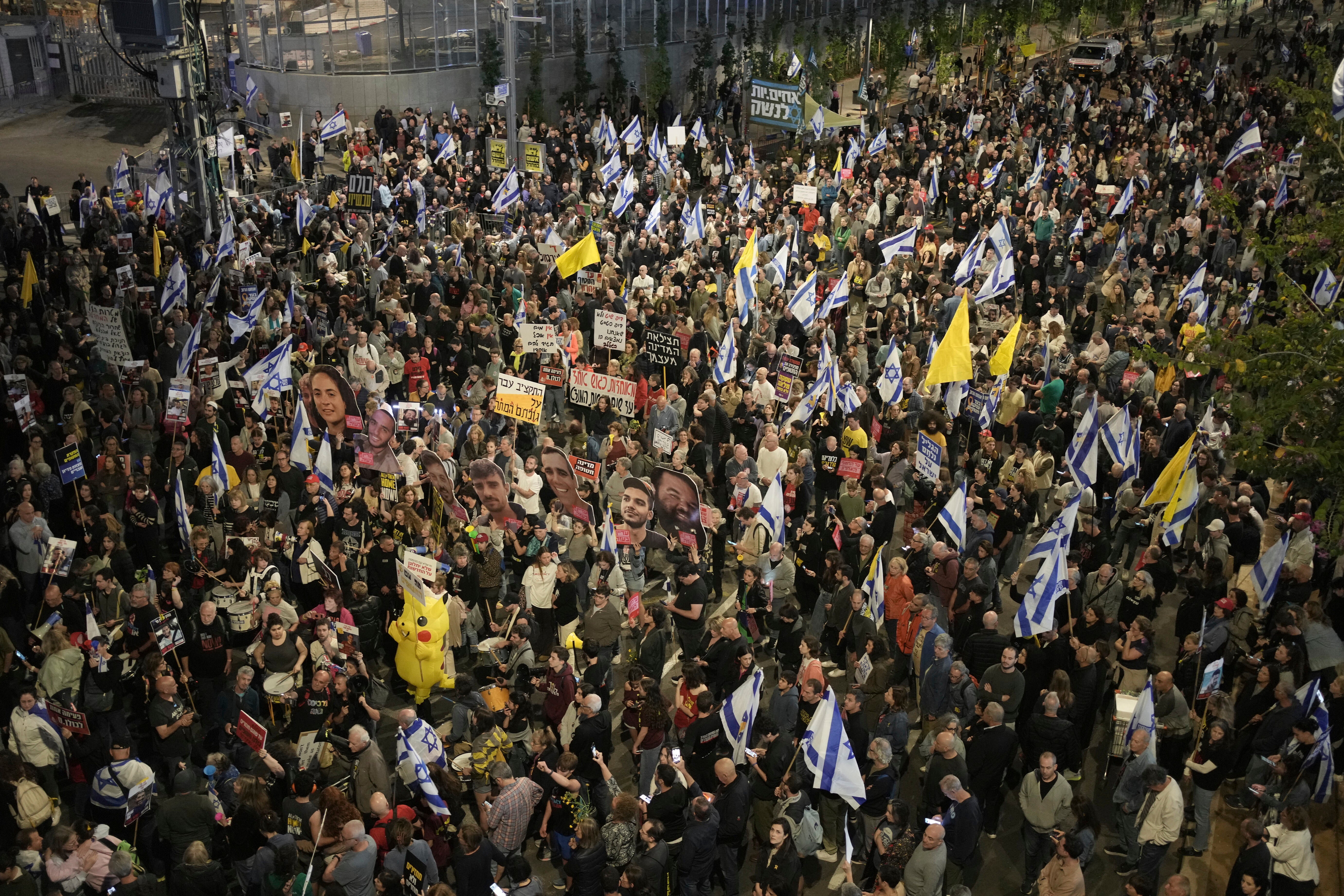
Far-right Finance Minister Bezalel Smotrich has repeatedly reiterated that the goal is for Gaza to be “totally destroyed” and, aside from a tiny patch of land into which two million people would be corralled, it would be “empty” of its population – echoing Netanyahu’s new “aid” plan.
The aim – as Smotrich framed it a few weeks ago at a conference – was to make Gazans so “totally despairing” and devoid of hope that they would seek relocation elsewhere to “begin a new life”, according to Israeli media.
Timeline
Israel’s first total siege on Gaza began on 9 October 2023 and was only alleviated on 21 October when aid trucks were first allowed through the Rafah border crossing to the south. But six days later, Israel launched a ground offensive into Gaza.
Aid was again allowed into Gaza in larger numbers during a seven-day ceasefire in November 2023, when around half of the hostages were released. But that was short-lived; the war resumed on 1 December, along with renewed restrictions. Desperation reached such catastrophic levels that, at the start of 2024, foreign states began attempting to airdrop aid into northern Gaza and open maritime corridors — both of which proved largely unsuccessful.
By 25 June last year, the global hunger monitor (IPC) stated that Gaza remained at high risk of famine.
Ahead of his inauguration, then US President-elect Donald Trump applied pressure for a ceasefire, warning there would be “hell to pay” in the Middle East if hostages in Gaza were not freed before his 20 January swearing-in.
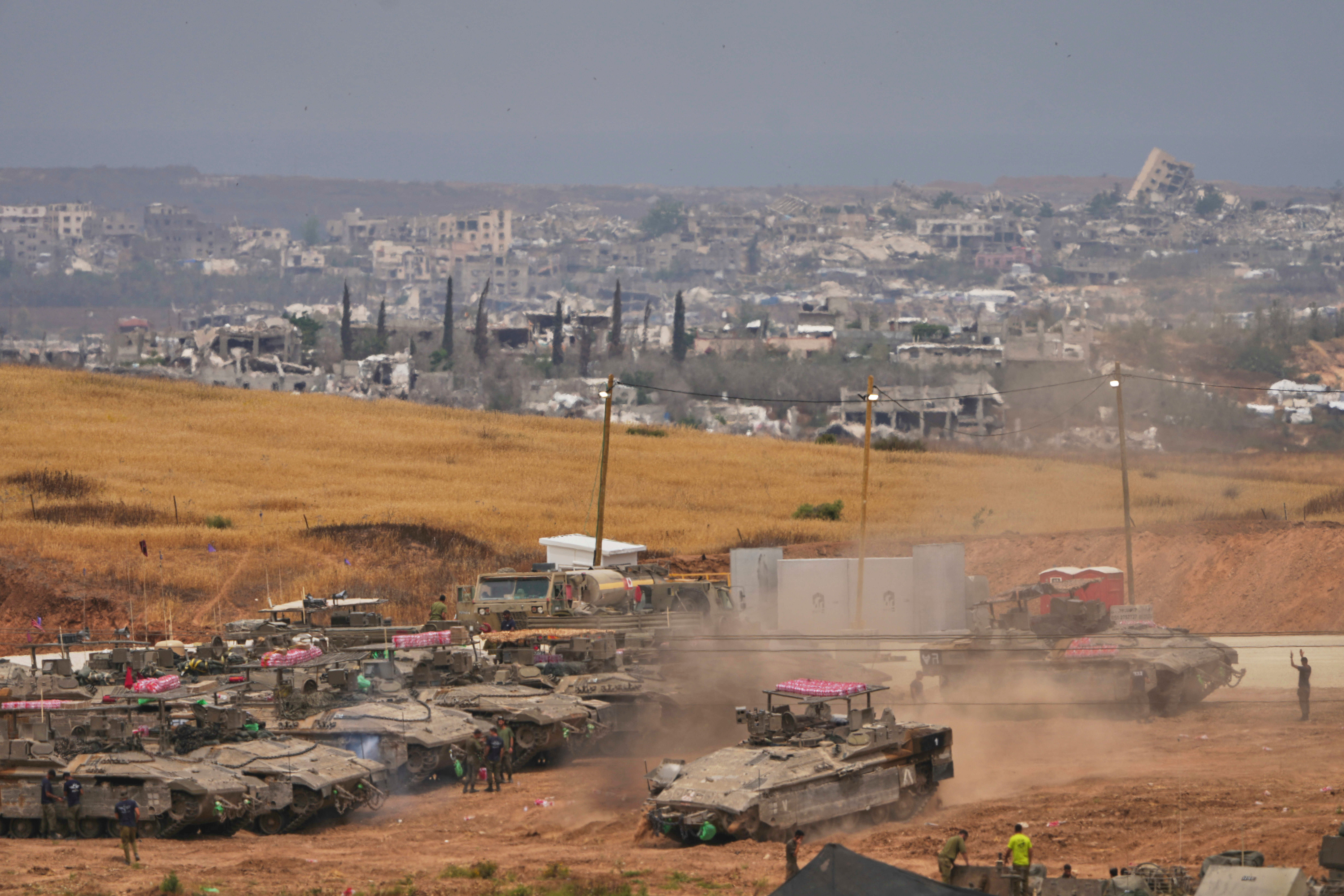
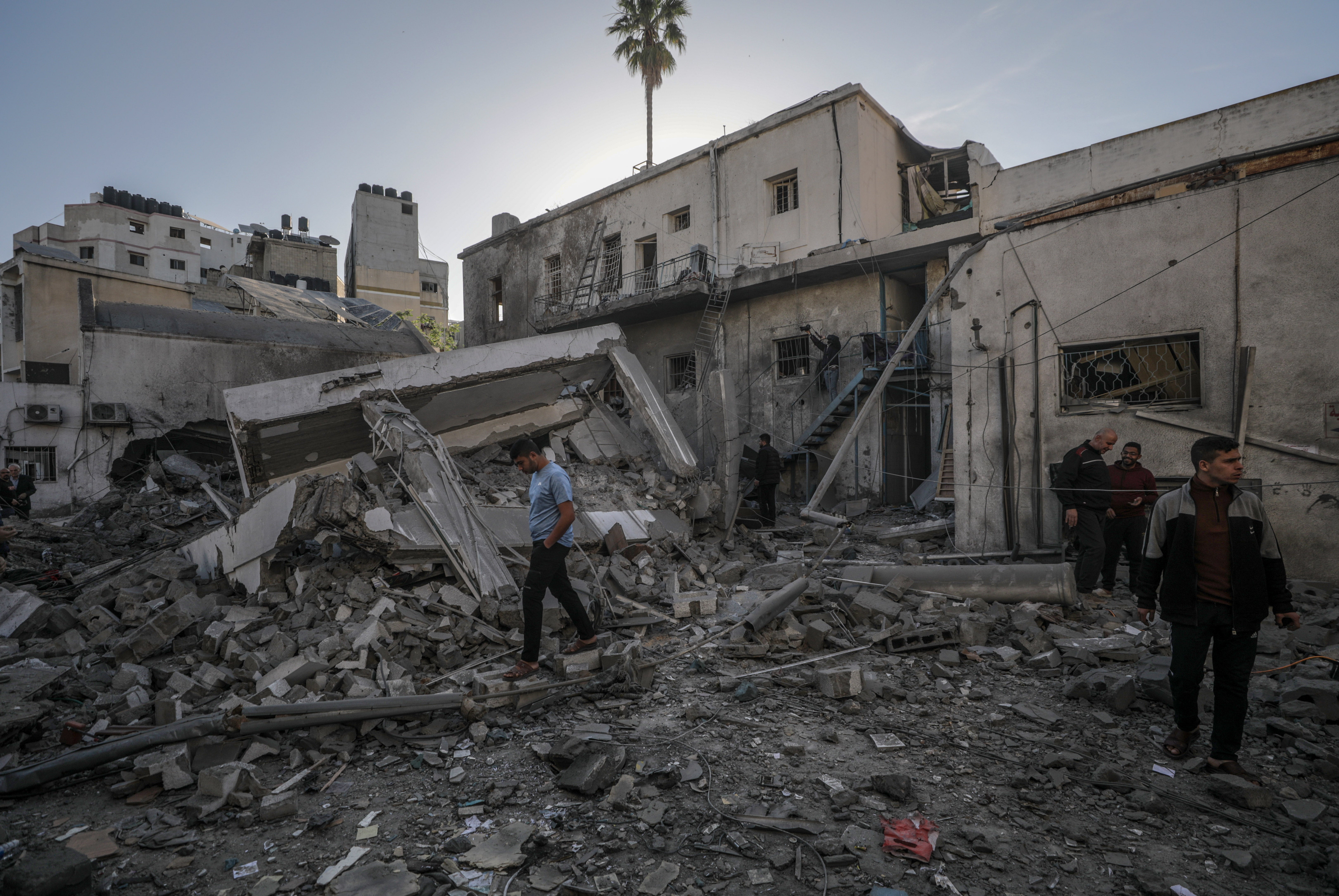
Finally, on 15 January, negotiators reached a deal for a Gaza ceasefire after 15 months of conflict. The phased agreement included hostage and prisoner releases, and a massive surge in aid delivery.
But that expired on 1 March without agreement on a second phase. Israel blamed Hamas for scuppering the talks and cut off Gaza aid as a pressure tactic, to massive international criticism.
Now, after the IPC announced famine-like conditions again, with half a million people facing starvation, the Israeli government is pushing ahead with plans to put all supply deliveries under Israeli control.
Israel, which has defended its actions by accusing Hamas of stealing aid to “fuel its war machine”, this week boasted that it had allowed nearly 100 trucks containing baby milk and flour – among other goods – into Gaza.
But UN officials and humanitarian workers told The Independent that the number was woefully small, especially given that thousands of trucks with supplies were poised to enter.
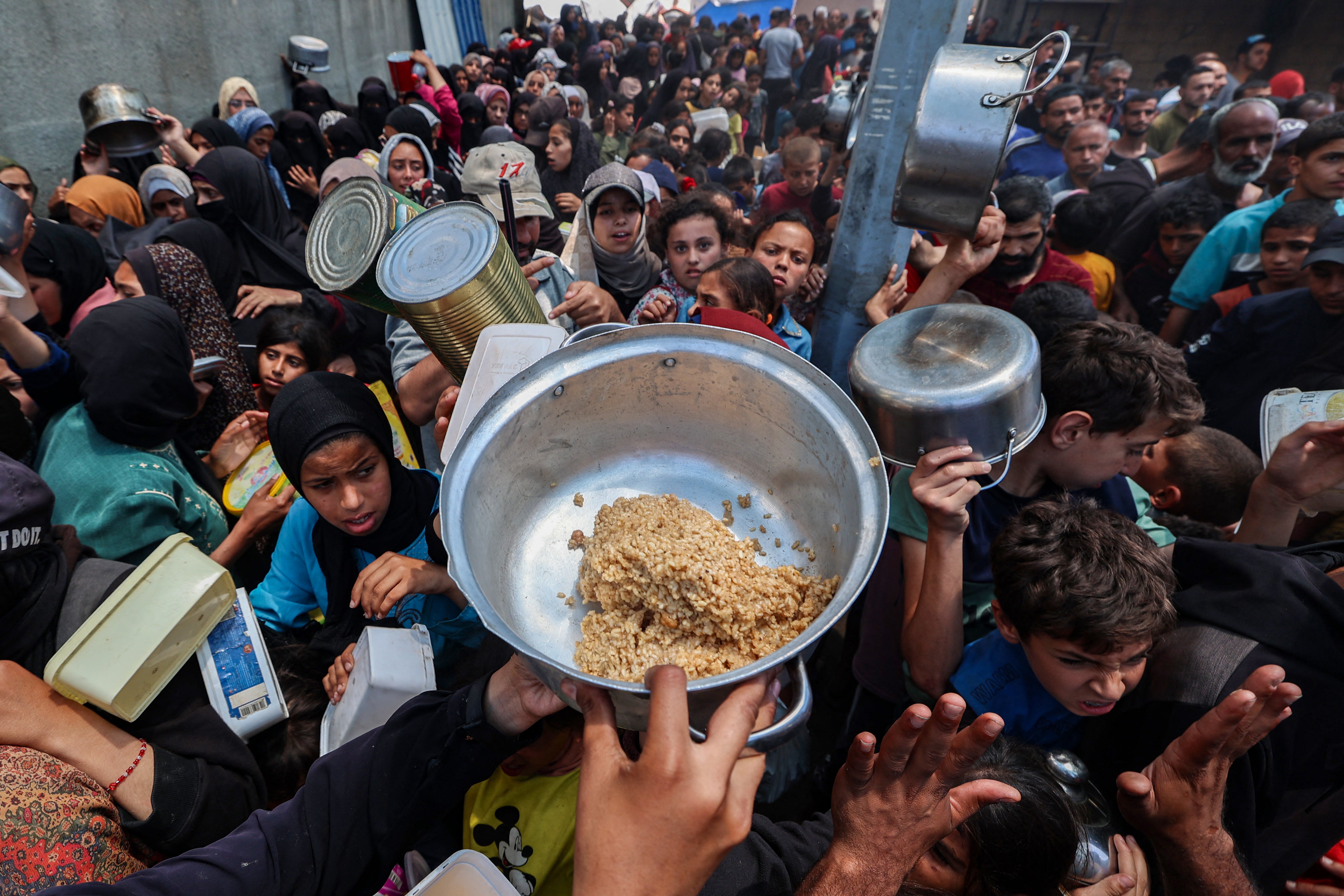
“What can five or nine or even one hundred trucks do for a population that has been made to suffer from hunger as a weapon of war?” asked Tamara Rifae, spokesperson for the UN’s Palestinian refugee agency, UNRWA.
“To avert famine, at least 500 to 600 trucks of food, humanitarian, and commercial goods must enter Gaza every day. This is the minimum required. Right now, there are goods sitting in warehouses in Jordan and Egypt that could be brought into Gaza within hours – if Israel allowed their entry.”
Amed Khan, a humanitarian who has coordinated aid into the besieged Strip, told The Independent that the problem was “the system – if one could even call it that – is set up to fail” and accused Israel of paying “lip service” to the Trump administration.
“The whole thing is smoke and mirrors. People need the war to stop, the genocide to stop. People need a ceasefire,” he told The Independent.
“It’s hard to see how any real volume of trucks will be distributed in this system because they are constantly carrying out operations everywhere. There are no secure, reliable routes that trucks full of food can take.”
Netanyahu, meanwhile, has shown no indication of changing direction, despite widespread international condemnation. Trailing in the opinion polls and facing trial at home on corruption charges he denies, as well as an arrest warrant from the International Criminal Court, he has made clear the war will continue.
After he claimed Israel has probably killed Hamas leader Mohammed Sinwar at a press conference this week, he added: “All of Gaza Strip will be under the security control of Israel.”




